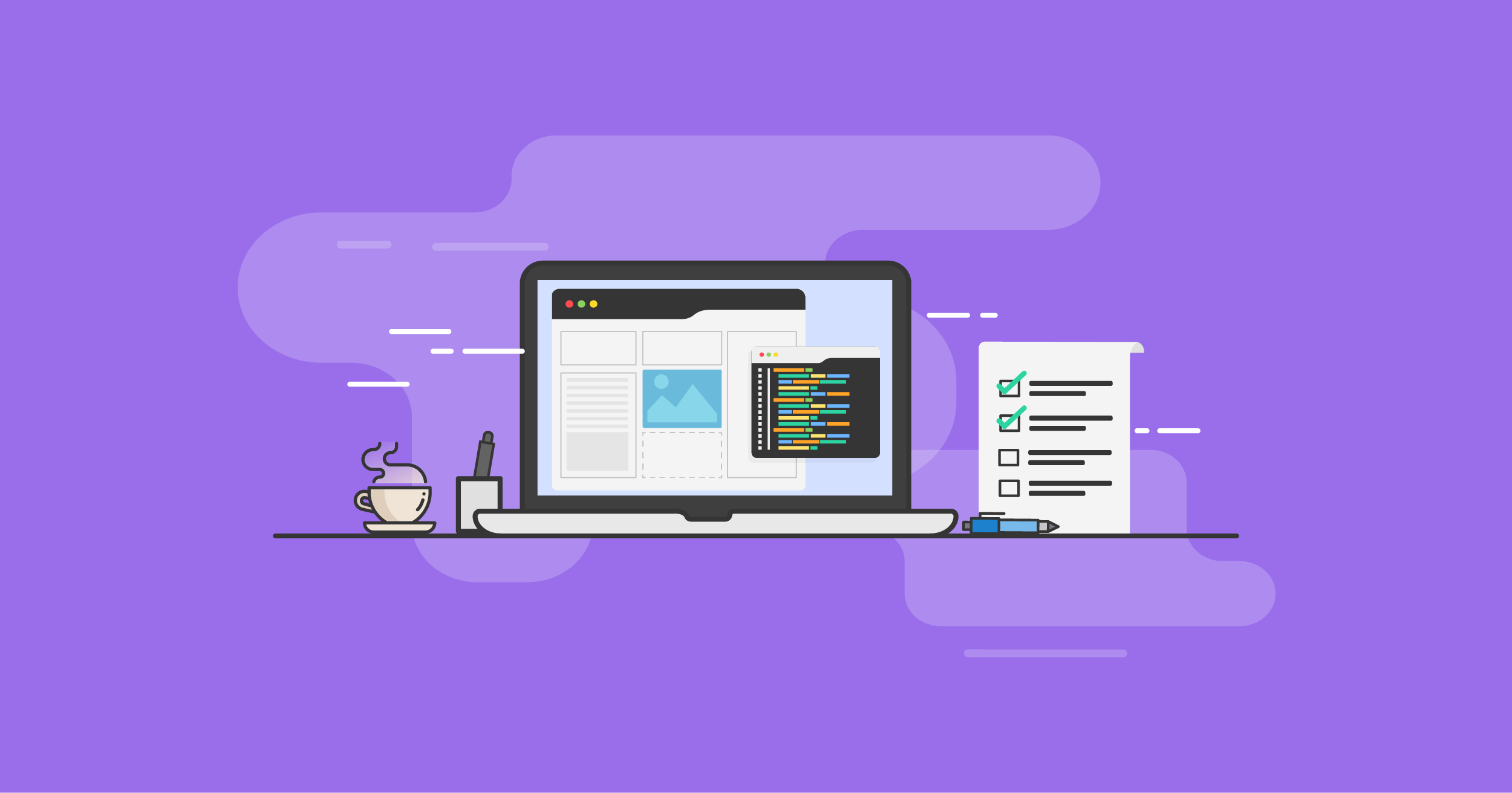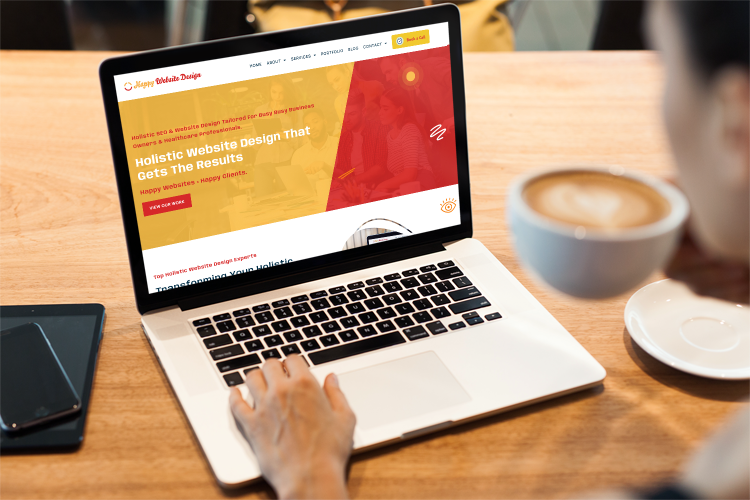Why Holistic Internet Layout Is the Secret to a Smooth User Experience
In today's electronic landscape, the significance of alternative web style can not be overemphasized, as it intricately weaves with each other aesthetic appeals, functionality, and capability to produce a smooth individual experience. By adopting a comprehensive approach that prioritizes customer demands and leverages responses, designers can improve the general communication with their platforms.
Recognizing Holistic Internet Design

Integrating user comments and behavior information is crucial in holistic web layout. This iterative process assists developers to recognize discomfort points and locations for enhancement, making sure that the last product reverberates with individuals. Holistic design stresses the value of accessibility, guaranteeing that all customers, no matter of their capacities, can navigate and communicate with the web site efficiently.
Furthermore, the assimilation of responsive layout concepts is crucial in accommodating various tools and display dimensions, even more boosting the user experience. By understanding the interconnectedness of these components, designers can produce sites that not only draw in yet also keep individuals, eventually driving engagement and conversions. All natural website design is, consequently, a tactical technique that fosters a purposeful connection between customers and electronic spaces, leading the way for sustainable on-line success.
Crucial Element of Holistic Design

An additional critical element is consistency in visual and useful facets across the internet site. This includes maintaining a natural color scheme, typography, and format, which aids customers browse the site with ease - happy web design. In addition, receptive layout is necessary, making certain that the site performs ideally across different devices and screen sizes
Access is also an essential element of alternative layout. By sticking to access criteria, developers can create comprehensive experiences that cater to diverse user teams, consisting of those with handicaps. Moreover, the combination of material approach makes sure that valuable details exists plainly and succinctly, enhancing comprehension and interaction.
Last but not least, efficient cooperation amongst style, advancement, and advertising and marketing teams cultivates a unified vision that lines up with service goals. By concentrating on these crucial elements, all natural website design can deliver an improving user experience that is both appealing and useful.
Advantages of a Smooth Experience
Producing a seamless user experience supplies numerous advantages that dramatically improve overall contentment and interaction. At its core, a smooth experience fosters a sense of ease and intuition, enabling users to navigate a site or application easily. This decrease in friction not only boosts the chance of users returning yet likewise boosts their readiness to advise the platform to others.
In addition, a smooth experience causes improved conversion prices. When users discover what they need with marginal initiative, they are more likely to complete wanted actions, such as buying or registering for a newsletter. This performance equates into greater client retention, as completely satisfied customers Learn More Here are a lot more most likely to end up being faithful advocates for the brand.
In addition, a cohesive and smooth user interface lessens cognitive tons, enabling customers to concentrate on content as opposed to dealing with navigating or design incongruities. This clarity not just improves individual satisfaction yet also reinforces brand reputation. Eventually, prioritizing a seamless user experience leads to a competitive benefit, as organizations that buy this element are much better positioned to satisfy the developing assumptions of their audience and drive lasting success.
Executing Holistic Methods
To accomplish a truly seamless individual experience, organizations must adopt all natural techniques that think about every aspect of design and capability. This strategy begins with a merged vision that lines up employee across numerous self-controls, consisting of UX/UI layout, content advancement, and technological implementation. Reliable cooperation cultivates a common understanding of customer demands and objectives, permitting more coherent style selections.
Next, it is crucial to create customer personas and trip maps that reflect the varied demographics and habits of the target market. By feeling sorry for individuals' viewpoints, companies can expect obstacles and streamline communications throughout the digital experience.

Additionally, consistent branding and messaging need to penetrate every touchpoint, ensuring a well-known and reliable visibility that enhances user engagement. Incorporating responsive layout concepts is also vital, as individuals currently engage with material across numerous devices.
In addition, organizations need to focus on ease of access, making sure that all customers, no matter of capability, can browse and gain from their digital offerings. By embedding these alternative strategies right into the style process, companies can create a cohesive and satisfying user experience that promotes contentment and commitment.
Gauging User Experience Success
While attaining an alternative strategy to internet style is necessary, measuring user experience success is equally important to guarantee that design strategies successfully meet user needs. This calls for a combination of qualitative and measurable metrics to obtain a comprehensive understanding of user interactions and satisfaction degrees.
Trick efficiency signs (KPIs) such as user engagement, conversion rates, and bounce rates provide important measurable understandings. For example, a high conversion price may show that users discover the style intuitive and engaging. Conversely, raised bounce rates can indicate that individuals are dissatisfied or baffled, demanding a reevaluation of the style components.
Qualitative procedures, consisting of customer feedback, surveys, and functionality testing, are crucial for gaining much deeper insights into the user experience. Examining individual remarks can reveal pain factors and areas for enhancement, while usability tests permit developers to observe real-time communications and recognize barriers individuals blog encounter.
Eventually, the integration of these dimension methods permits continual refinement of web layout, ensuring it stays user-centered and efficient in delivering a smooth experience (happy web design). Routinely taking another look at these metrics will certainly allow designers to adjust to advancing individual requirements and preferences, solidifying the general success of a holistic internet design technique
Verdict
In final thought, all natural web design emerges as look at this website a basic technique to attaining a seamless individual experience. By incorporating looks, functionality, and use, this layout approach addresses diverse user requirements and preferences.
Comments on “Understand how holistic web design can enhance user experience and engagement.”